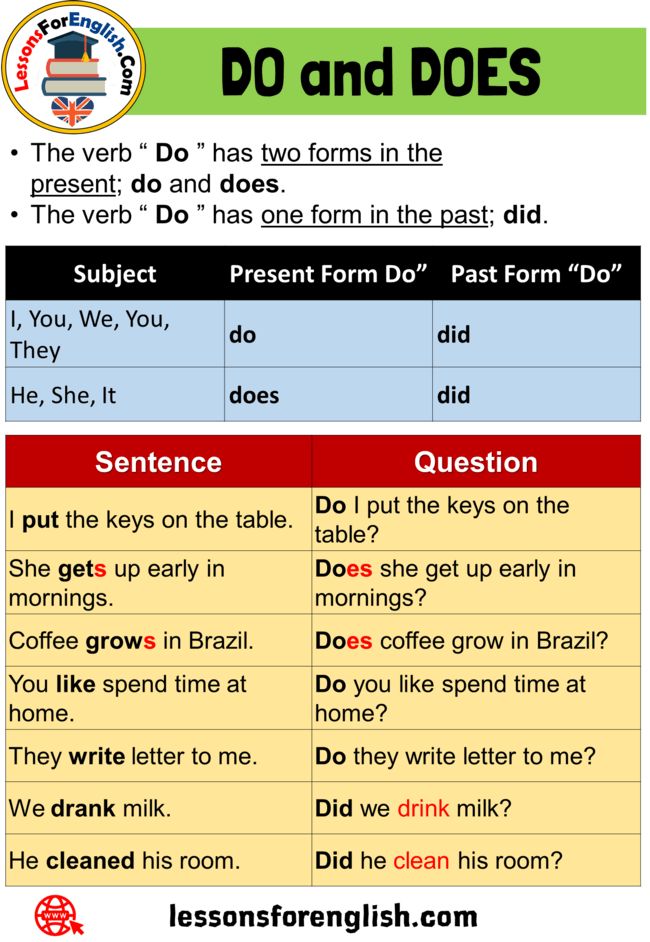Essential Elements of an Actionable Marketing Plan for New Businesses
Introduction: Why a Marketing Plan Matters for New Businesses
Launching a new business is both exciting and challenging. To succeed in a competitive marketplace, having a comprehensive marketing plan is essential. This plan serves as the roadmap for reaching your ideal customers, differentiating your brand, and achieving your sales goals. A well-structured marketing plan not only guides your promotional activities but also ensures that your resources are allocated effectively, maximizing your return on investment and minimizing wasted effort [1] .
Executive Summary: Defining Your Vision and Goals
The executive summary is the opening section of your marketing plan, providing a concise overview of your business, its mission, and your marketing objectives. While brief, this section should highlight what makes your business unique and outline your core strategies for attracting customers. For example, if your business specializes in eco-friendly products, your executive summary would note your commitment to sustainability and your plans to target environmentally conscious consumers. This section is typically written last but appears first in your plan to orient readers and stakeholders [2] .
Situation Analysis: Understanding Your Market and Competition
Conducting a thorough situation analysis helps you understand your business environment, including your competitors, industry trends, and internal strengths and weaknesses. Start by researching your competitors to identify their strengths and weaknesses, as well as gaps in the market you can exploit. Use a SWOT analysis (Strengths, Weaknesses, Opportunities, Threats) to assess your internal capabilities and external risks. For instance, if your competitors rely heavily on paid advertising, you might capitalize by focusing on organic growth and community building [2] .

Source: dictionary.com
Market Analysis: Researching Your Target Audience
A strong market analysis is critical for identifying your ideal customers and tailoring your strategies to their needs. Gather data on demographics, buying behaviors, and trends in your industry. Segment your audience into buyer personas based on shared characteristics such as age, income, and preferences. For example, if your business sells fitness apparel, your market analysis might reveal opportunities to target young professionals who value performance and style. Back your analysis with solid market research, using reputable sources and industry reports whenever possible [3] .
Marketing Goals and Objectives: Setting Measurable Targets
Establish SMART goals (Specific, Measurable, Achievable, Relevant, Time-bound) to guide your marketing efforts. These goals can include metrics like lead generation, website traffic, conversion rates, or social media engagement. For instance, a new business might aim to acquire 500 email subscribers in the first quarter or achieve a 10% increase in online sales within six months. Setting clear targets ensures that you can track progress and make data-driven adjustments to your strategy [4] .
Target Audience and Buyer Personas: Customizing Your Approach
Detail buyer personas to guide your messaging and outreach. Each persona should include demographic information, pain points, motivations, and preferred communication channels. For example, “Eco Emma” may be a persona representing millennials who prioritize sustainability and shop online. Tailoring your marketing tactics to specific personas increases the relevance and effectiveness of your campaigns. Use surveys, customer interviews, and market research to refine your personas over time [4] .
Positioning and Messaging: Differentiating Your Brand
Your marketing plan must clearly articulate your brand positioning and competitive advantages. Develop a consistent message that communicates what sets your business apart. For example, if your product is handmade, emphasize craftsmanship and authenticity. Ensure your messaging is consistent across all marketing channels, from your website to social media and advertising materials. Effective positioning helps build brand recognition and loyalty in your target market [5] .
Marketing Strategies: Crafting Your Roadmap to Success
Outline the marketing strategies you will use to achieve your objectives. Strategies may include inbound marketing, content creation, influencer partnerships, email campaigns, and social media engagement. For a local business, strategies might focus on community events and partnerships with neighboring brands. Online businesses may prioritize search engine optimization (SEO) and digital advertising. Be specific about the tactics you will deploy, their expected outcomes, and how you will measure success. Adjust your strategies as needed based on performance data and customer feedback [3] .
Marketing Mix (4Ps): Product, Price, Place, Promotion
The marketing mix encompasses four key elements:
- Product: Describe your products or services, highlighting features that appeal to your target audience. For example, emphasize eco-friendly materials or unique designs.
- Price: Define your pricing strategy based on market research and customer expectations. Consider introductory offers, discounts, or premium pricing for specialized products.
- Place: Specify your distribution channels, such as retail locations, online platforms, or third-party marketplaces. Evaluate which channels best reach your audience.
- Promotion: Plan your advertising, public relations, content marketing, and digital outreach. For example, schedule social media posts, email newsletters, and influencer collaborations to increase visibility [5] .
Marketing Budget: Allocating Resources Wisely
Develop a detailed budget for your marketing activities. Allocate funds to each tactic based on expected impact and available resources. Include costs for advertising, software, design, events, and content creation. Track expenditures and compare them against results to optimize your spending over time. Many small businesses find success by starting with a modest budget and scaling up as campaigns prove effective. Consider free or low-cost marketing tools, such as social media platforms and email marketing services, to maximize your reach without overspending [4] .
Implementation Timeline: Organizing Your Action Steps
Create a timeline for executing your marketing plan. Break down each strategy into actionable steps and assign deadlines. For instance, schedule your website launch, plan your first promotional campaign, and set dates for social media content releases. Use project management tools or simple spreadsheets to keep your team on track. Regularly review progress and adjust your timeline as needed to accommodate new opportunities or unforeseen challenges [3] .

Source: grammar-monster.com
Measurement and Optimization: Tracking Success and Improving
Define how you will measure results and optimize your marketing efforts. Use analytics platforms to monitor website traffic, conversion rates, and engagement metrics. Set up regular review meetings to assess performance against your goals. If a particular campaign underperforms, analyze the data to identify areas for improvement. Successful marketers continuously refine their strategies based on data insights and customer feedback, ensuring sustained growth and adaptability [1] .
Accessing Resources and Support
To further strengthen your marketing plan, seek out industry resources and professional guidance. Many organizations offer free market research reports, online courses, and networking opportunities. For example, you can explore training materials and marketing templates from authoritative sources such as the American Marketing Association or local Small Business Development Centers. If you need specialized support, consider hiring a marketing consultant or joining professional associations to stay informed about the latest industry trends.
Step-by-Step Implementation Guide
- Draft your executive summary and mission statement.
- Conduct a situation analysis, including a SWOT assessment.
- Perform a detailed market analysis and segment your audience into buyer personas.
- Set SMART marketing goals and determine KPIs for measuring success.
- Develop your brand positioning and core messaging.
- Outline your marketing strategies and define your marketing mix (product, price, place, promotion).
- Prepare a detailed budget, allocating resources to each tactic.
- Create an implementation timeline with actionable steps and deadlines.
- Set up analytics tools to measure and optimize your marketing outcomes.
If you need help with any step, search for ‘Small Business Marketing Plan Templates’ or contact your local Small Business Development Center for guidance. You may also find free courses and webinars through the American Marketing Association and other reputable organizations.
Potential Challenges and Solutions
Common challenges include limited budgets, lack of expertise, and difficulty reaching the target audience. To overcome these, focus on low-cost digital strategies, utilize free online resources, and network with other entrepreneurs for support. Continuously monitor results and be willing to adapt your tactics as needed. If your initial campaigns do not generate desired outcomes, reassess your market analysis and adjust your messaging or outreach channels accordingly.
Key Takeaways for New Business Owners
A marketing plan is vital for launching and growing a successful business. By following the steps above, you can systematically approach your market, attract customers, and build a strong foundation for long-term growth. Remember to use verified resources and seek professional guidance when needed. Continuous measurement and optimization will help you maximize your impact and sustain your business through changing market conditions.
References
- [1] American Marketing Association (2024). What is a Marketing Plan & How To Write One? [Easy Guide].
- [2] West Virginia University (2024). 10 Components You Need In Your Marketing Plan.
- [3] Shopify (2024). The 15 Key Components of a Business Plan.
- [4] Highspot (2024). How to Create an Effective Sales and Marketing Plan.
- [5] Wolters Kluwer (2025). Create a Strong Marketing Plan for your small business.
MORE FROM todayhiring.us













